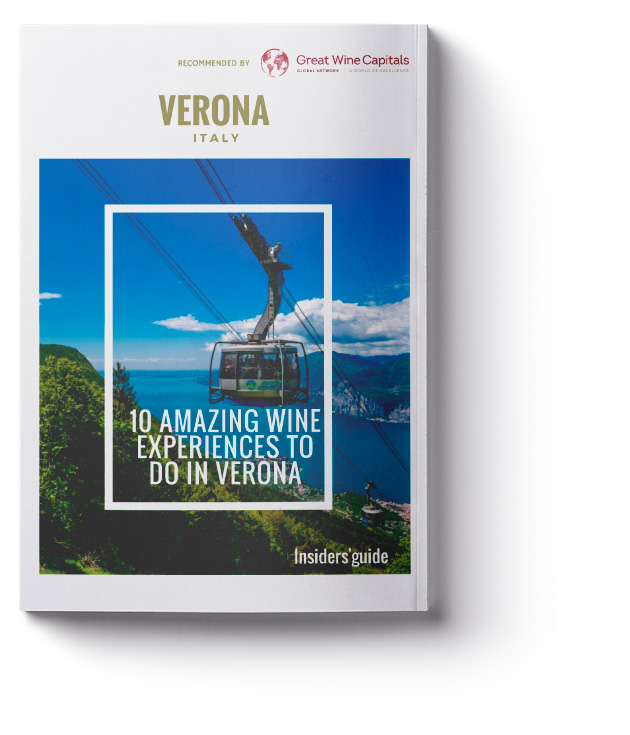Verona
Italy
10 Amazing Experiences to do in Verona
One of the most cosmopolitan cites in Europe, Verona is rich in culture and heritage capturing the excitement and feeling of Milan, Venice, Rome, and Florence all within a compact and pedestrian friendly city center that’s both welcoming and intimate. From the performing arts, historic architecture, and culinary delights of the palate—Verona has it all. Only in Verona can you attend the opera at one of the finest intact roman amphitheaters or visit Juliet’s balcony—the romantic site Shakespeare immortalized in Romeo and Juliet. Verona’s charming streets and elegant squares are filled with chic cafes, restaurants, and shops.
Download guide
PDF
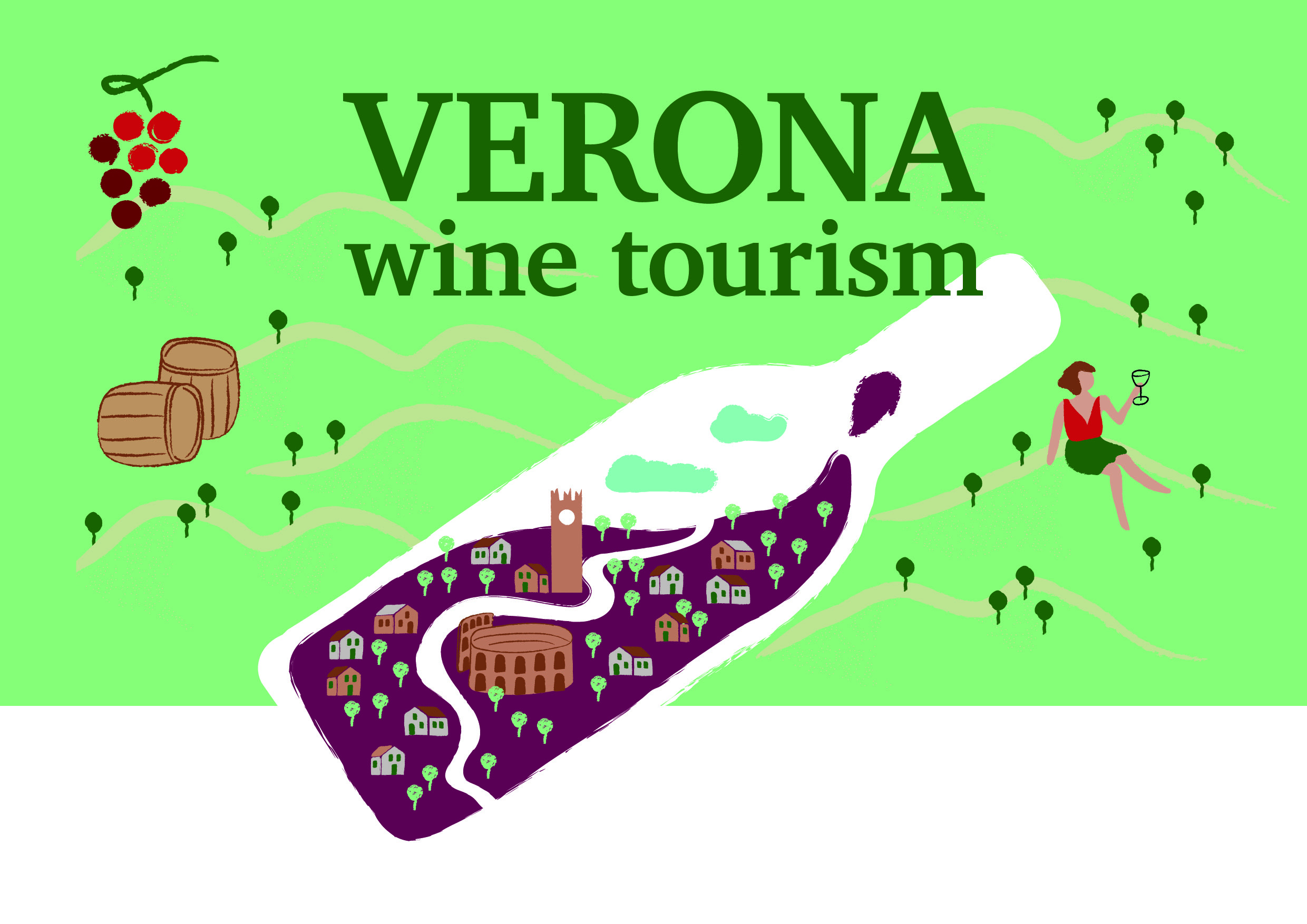
01
Verona wine tourism
Unesco heritage since 2000, Verona and its entire province offer a thousand opportunities for visitors who are passionate about art, sports, nature, music and theatre or food and wine, in a kaleidoscope of landscapes and fascinating experiences. Verona has always been a stopover for the great travellers of the past, boasting a privileged position in the ideal panorama of the great international tourist destinations. Wine tourists, in particular, will be surprised to discover that in every corner of our territory they can visit wineries ready to welcome them and to offer always new experiences. On the shores of the largest lake in Italy and on the slopesof Mount Baldo, a paradise for lovers of nature and sport, where the Bardolino, Lugana and the Chiaretto di Bardolino wines originate. In the lands of Custoza with its wines and its authentic villages, in Soave and in the eastern part of the hills of the province of Verona, where between valleys and castles, the Soave, the Recioto di Soave and the Lessini Durello – king of Verona sparkling wines – were born. Among the vineyards of Valpolicella, the Amarone, the Ripasso and the Recioto della Valpolicella, up to the Valley of Adige where the Valdadige Terra dei Forti originates. And you can also discover other denominations such as Arcole, Garda, Merlara, Delle Venezie. With “Verona Wine Tourism” Guide, wine lovers will be accompanied to visit large and small wineries, offering hospitality, good cuisine, innovative and sustainable activities and tastings of great Verona wines.
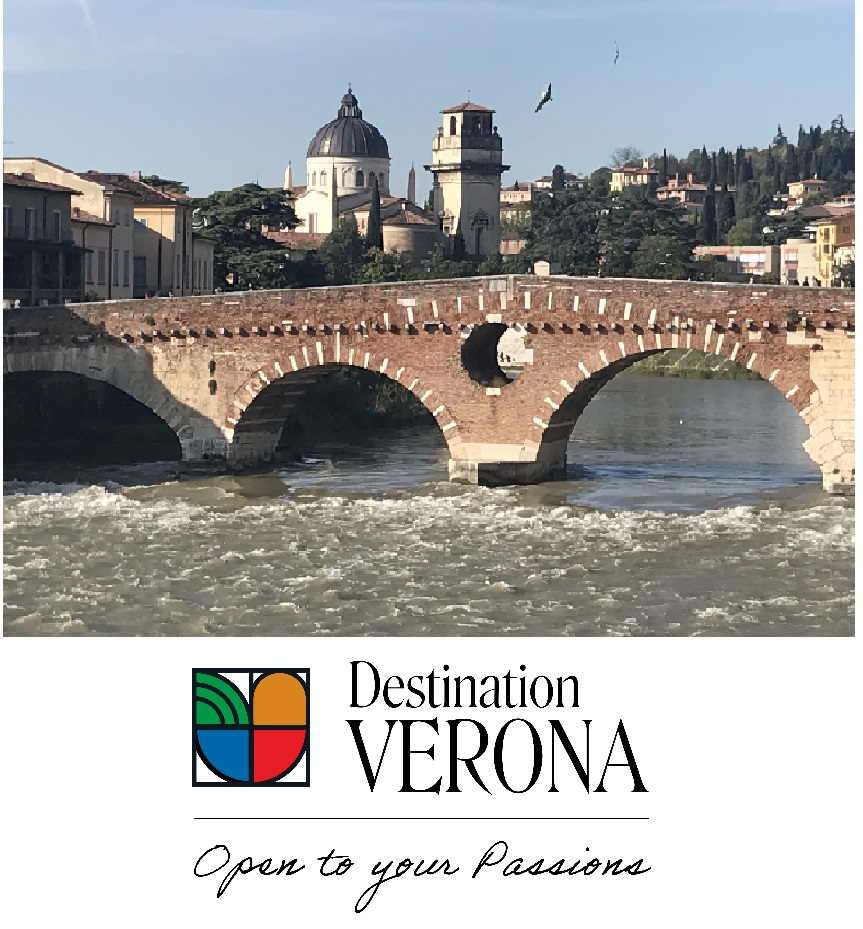
02
The City of Verona
With over two thousand years of history, Verona is one of the most fascinating and ancient Italian cities. Always succeeding in thrilling visitors, Verona envelops you in the evocative atmosphere of its very large and well-preserved historic centre where typical restaurants, cafés and artisan workshops enliven city life all year round. A walk through Verona is a continuous discovery of enchanting corners, characteristic alleys, as well as palaces, squares and churches from every era. Several historical periods seem to have harmoniously shaped together: from the magnificent traces of the Roman Empire, first and foremost the Arena – the third largest lyrical amphitheatre in the world, located in the very central Piazza Brà, to the medieval remains of Castelvecchio, to the elegant Venetian palaces and the subsequent Austrian magnificence. Verona remains engraved in the eyes and heart: Juliet’s Balcony, the emblem of the most poignant love story of all time, could only have Verona as a setting.
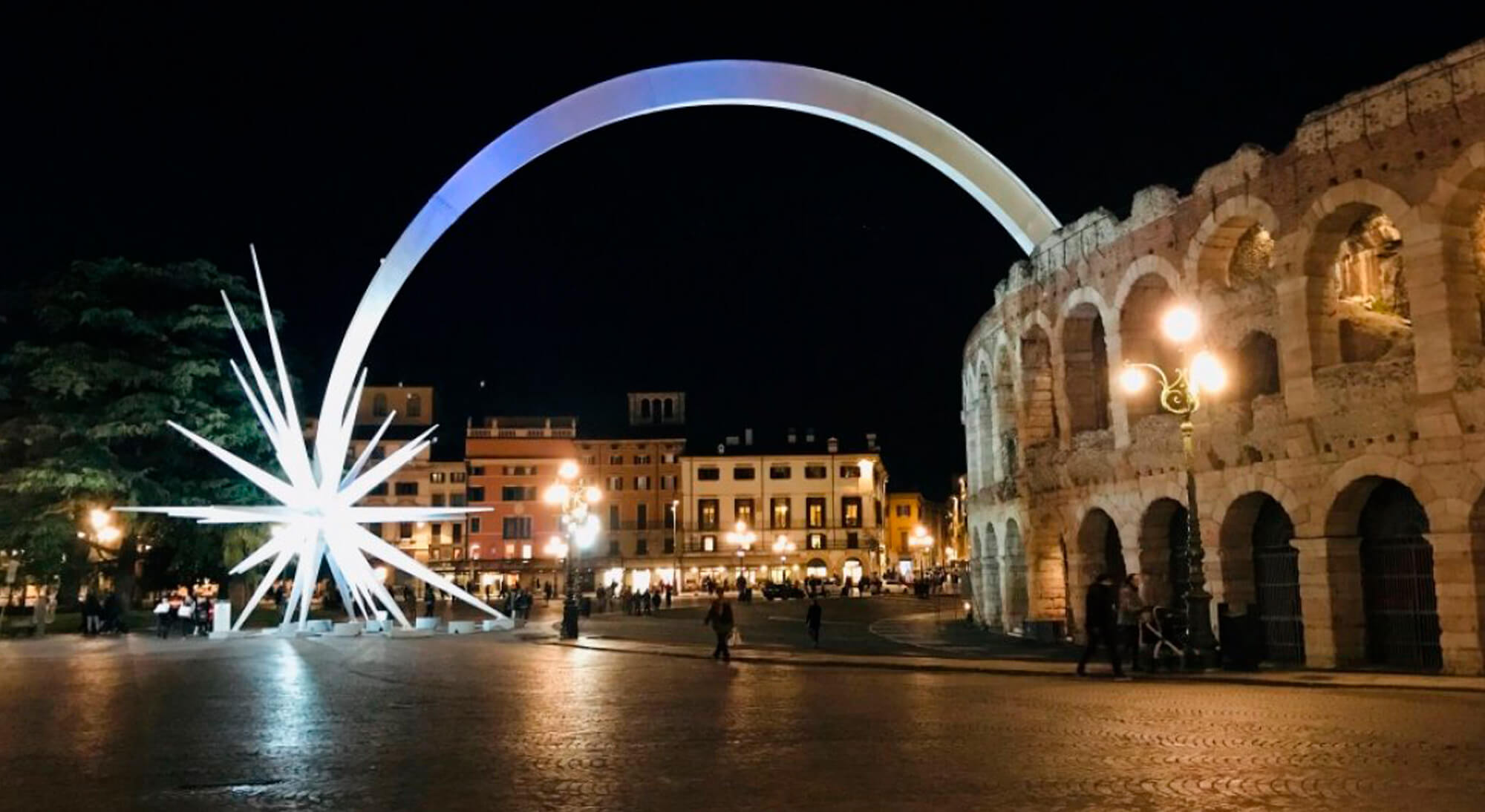
03
The Arena and the Roman Theatre
The Arena is the symbol of Verona. Built in the first half of the I century AD, it has become the site for musical performance par excellence: since the beginning of the twentieth century it has hosted the opera season, a prestigious festival renowned for the excellence of the performances and the magnificence of the scenery, as well as for the amphitheatre’s perfect acoustics. The structure of the Arena was built mainly with stones from Valpolicella. Its highest part, the so-called “ala” (wing) constitutes the remains of the external ring, and it is 30-metre-high. The second ring with two orders of 72 arches is well preserved. Inside, the cavea consists of 44 elliptical rows of stairs, which can be accessed through 64 vomitoria. It can host up to 22.000 people. The Roman Theatre was built around the end of the I century BC. It is located at the feet of the hill of San Pietro, facing the Roman city centre and on the other side of the river Adige. What remains of the original structure of the theatre are the cavea and the rows of stairs, as well as some tiers of loggias and the relevant remains of the stage. From June to September the Roman Theatre hosts the Veronese Summer Festival (Estate Teatrale Veronese), with musical, dance and theatre performances, in particular the renowned Shakespearean Festival.

04
The City of Love
“There is no world without Verona walls“: the pen of William Shakespeare has lent Verona fame and immortality with his tale of two star-crossed lovers, Romeo Montecchi (Montagu) and Juliet Capuleti (Capulet).The story of their tragic love is set in two precise locations – Juliet’s house and the tomb. The Capulet House, best known as “Juliet’s House“, dates back to the thirteenth century. It is tower-shaped and belonged to the Dal Cappello family, whose coat-of-arms is visible above the inner arch-way of the court-yard. The brick façade is decorated by elegant gothic windows standing on either side of the famous balcony on which Juliet is said to have spoken to Romeo. The house has several stories and tickets can be bought to visit it. The interior contains the furniture of a typical fourteenth century aristocratic household, enhanced by a wide range of medieval ceramics. At the far end of the courtyard stands Nereo Costantini’s bronze statue of Juliet visited by thousands of tourists every year from all over the world. Live the love story of Romeo e Giulietta: visit the Juliet Club, the special office where Juliet’s secretaries reply to thousands of letters addressed to “Juliet, Verona”
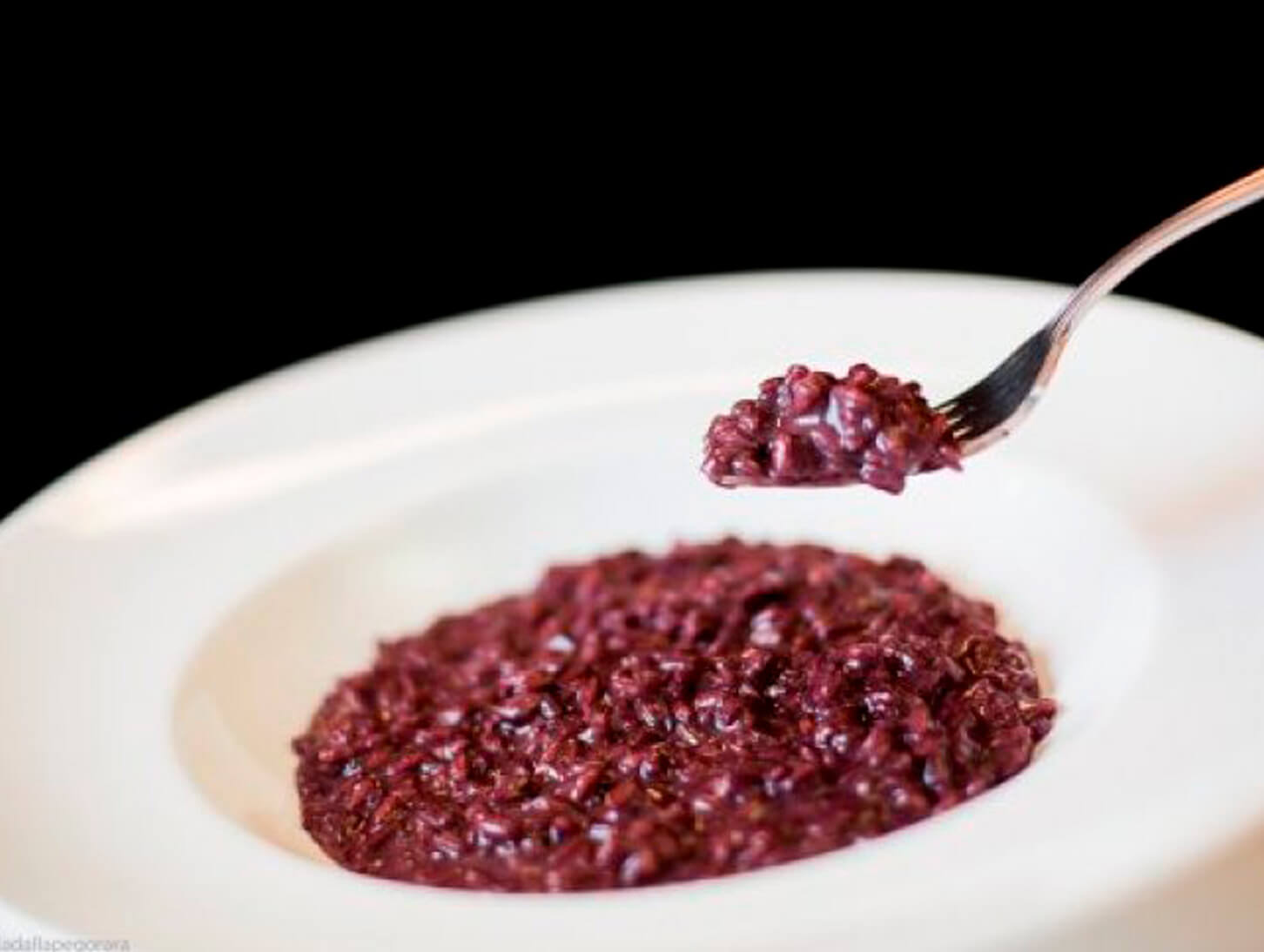
05
A journey through Veronese cuisine
Valpolicella
A favourable climate, fertile land, abundant natural resources and a centuries-old love for the land all combine to make the Province of Verona a “Garden of Eden”. Don’t miss the opportunity to taste Valeggio “tortellini“, a type of stuffed pasta typical of this area, the Vialone Nano variety of rice, used to make delicious risotto along with the typical red radish (awarded D.O.P. status) of this region, the salamis (the typical Soppressa), the cheeses and dairy products of Lessinia, Lake Garda’s fish and that of the surrounding rivers, the extra-virgin olive oil, and the vegetables (Rivoli asparagus and also that cultivated on the plain, potatoes for gnocchi, etc). Fruit is also abundant: cherries and peaches, as well as chestnuts of all types on the hill-tops, apples, pears, melon and water-melons on the plains. Then come the desserts: the famous “pandoro” cake and its ancestors, the star shape “nadalin“, the “offella” of Bovolone, all of which grace every Veronese table at Christmas along with the “mandorlato” from Cologna Veneta and Villafranca’s “sfogliatine”. And of course, last but not least the wine. Verona is top of the list of provinces which produce wines in Italy: 15 Doc and 5 Docg wines are produced on the hills of Verona and are inextricably linked to their place of origin. The wine yards are situated along the range of hills starting from Lake Garda and stretching all the way to Val d’Alpone, near Vicenza. Included amongst the wines are the Valpolicella, the Recioto and Amarone, produced in the Valpolicella, the Soave, produced in Vicenza, the white wine of Custoza, the Lugana and Bardolino of the lake area, the Durello of Lessinia, the Arcole of the Southern Province (the “Bassa“) and finally, the Valdadige wine of the fort district. These wine-producing areas take the tourist on a journey, not only through this land’s culinary traditions but also through its art and cultural heritage. Look for the cellars and explore the wine country of Verona!
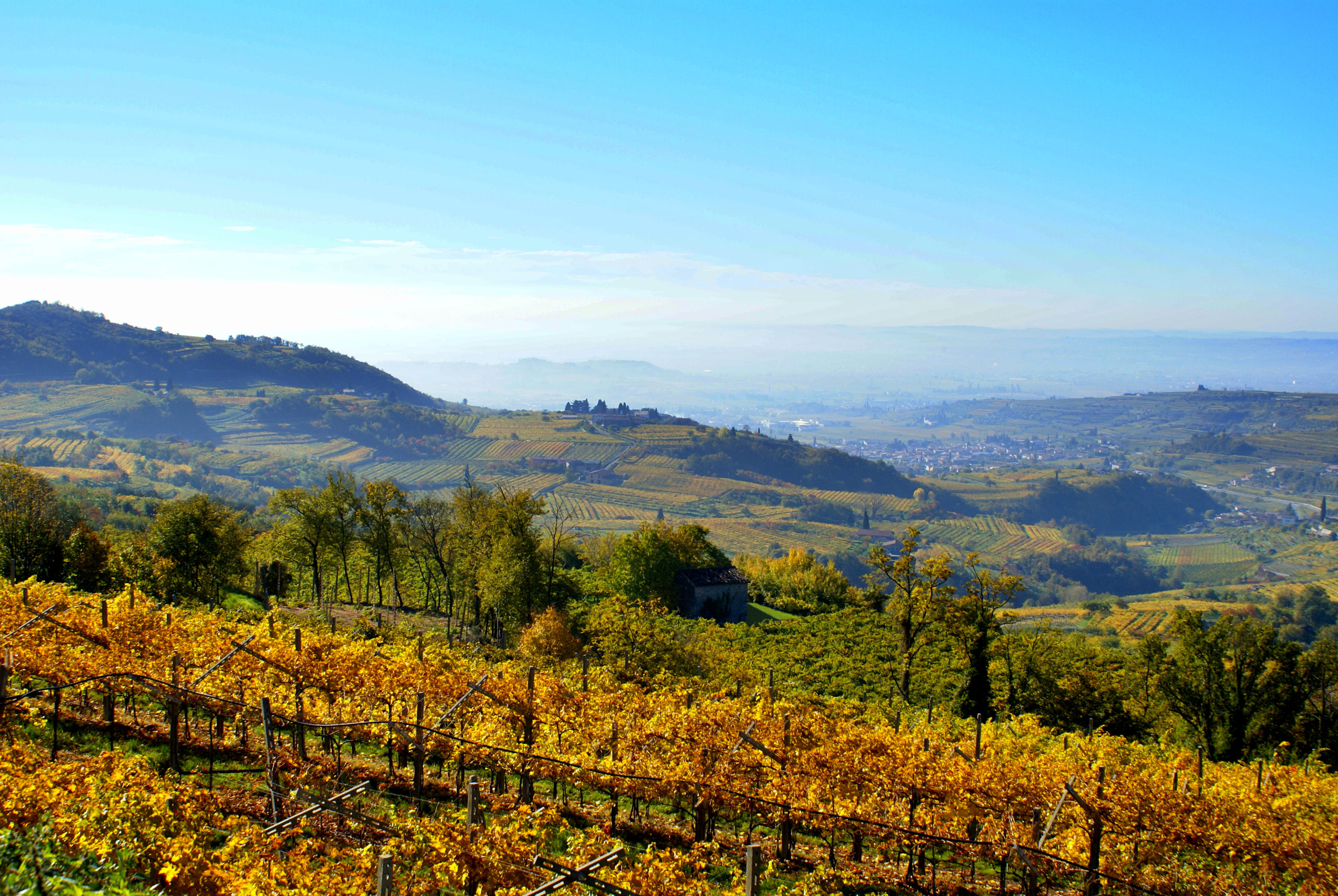
06
Valpolicella
Nestled between Valdadige, Lessinia and the Pianura dei Dogi, near Lake Garda, Valpolicella is an enchanted place, where history becomes art and then blends into the taste and scents of its sublime wines: Amarone, Recioto, Valpolicella Ripasso and Valpolicella Classico are among the most loved delicacies. Its hilly landscapes covered with vineyards are beautiful, each with its own personality but always eager to make themselves known to visitors who drop the rush to indulge in a multisensory experience. A walk by bike or on horseback along the rows of vines, along terraces with dry stone walls, the so-called “marogne”, treat yourself to a yoga lesson in an olive grove, then learn how to make homemade pasta and, why not, taste delicious freshly picked cherries: this is Valpolicella. It is dotted with slopes, ravines, waterfalls and magnificent wine cellars that preserve and hand down the desire to accompany those who visit it to unexpected dimensions, hidden inside ancient villas, historic houses and Romanesque churches, where, in the end, they might also leave their hearts.
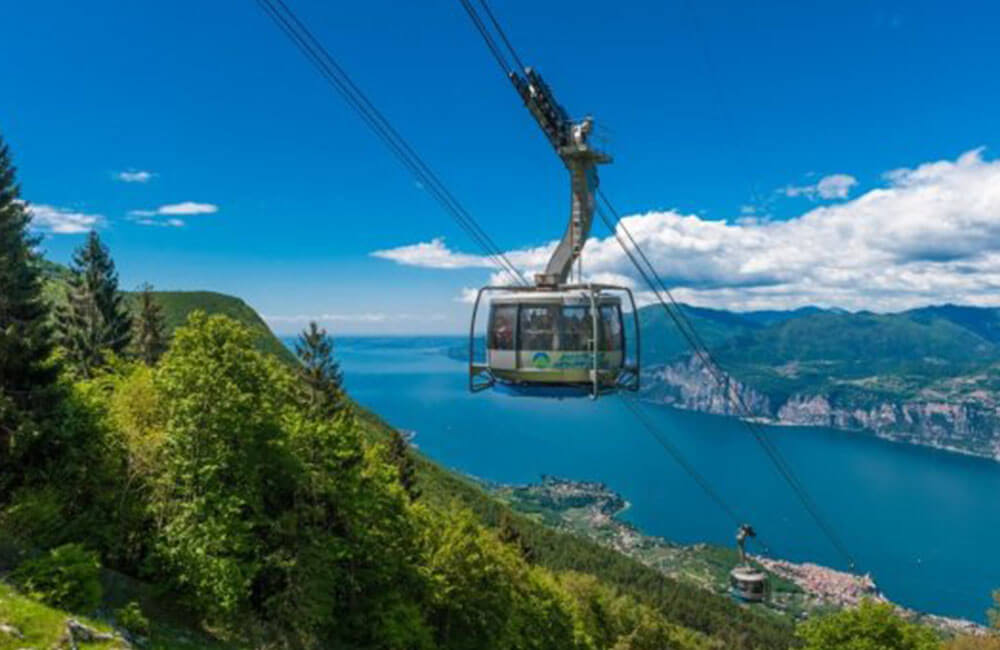
07
Lake Garda
The Veneto side of Italy’s largest lake awaits you: an emotional journey through the natural beauty of its shores, surrounded by picturesque hills dotted with olive trees, to the high slopes of Monte Baldo which majestically reflects on its waters, reachable by the spectacular cable car that connects Malcesine to its summit. Having always been a fundamental crossroads of the various historical periods that followed one another, there is no lack of opportunities to immerse yourself in the history of its land. From the Venetian fortress of Peschiera del Garda, now a UNESCO World Heritage Site, to the medieval castles of Lazise, Torri del Benaco and Malcesine, there is always a treasure to discover in every town on Lake Garda. Strolling in the traditional port of Brenzone sul Garda, discovering unexpected craft shops among the streets and squares of Bardolino, and finally, falling in love with a sunset at Punta San Vigilio in Garda, are just a few small fragments of what the Lake Garda experience has to offer. A multisensory journey involving taste and smell starting from the delicacy of the scents of the lake. Here, fish, oil and wine are the hosts, then you can move on to the more pronounced flavours of the mountains, and then indulge yourself with the famous tortellini of Valeggio sul Mincio, a historic village in the hinterland of Lake Garda. But if you want to be surprised again, with the highest concentration of theme parks in Italy, including Gardaland and its exciting attractions, Lake Garda is the ideal destination for the whole family.
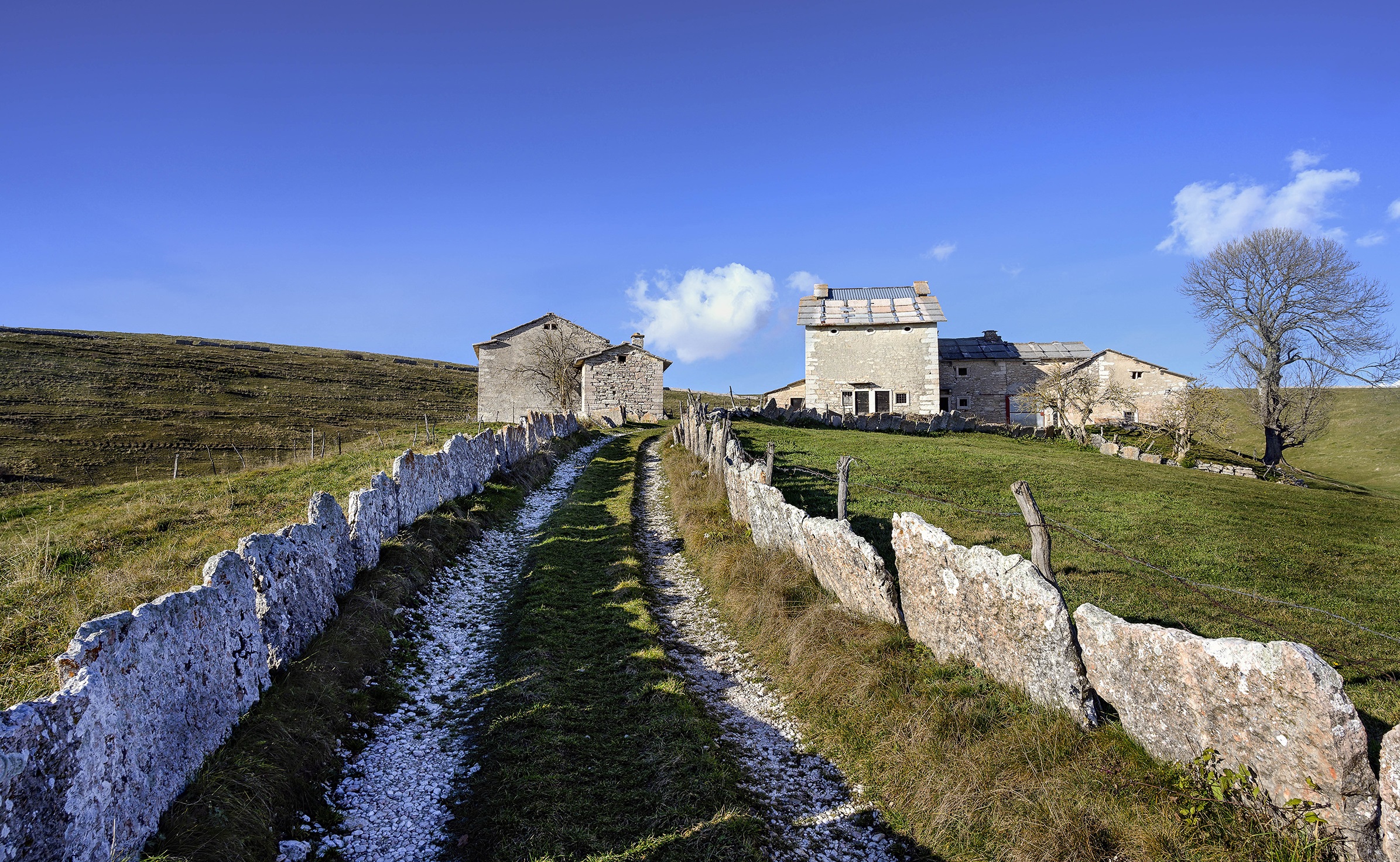
08
Lessinia
Lessinia, with its unspoilt views waiting to be discovered, will surprise you with its landscapes surrounded by greenery. The Lessinia Nature Park is located on the upper plateau of the Lessini Mountains up to the slopes of the Piccole Dolomiti (Little Dolomites), and contains unique scenery. Sinkholes, caves and natural bridges dug into the rock will give you an extraordinary experience. The fossil sites of Bolca-Pesciaia and Monte Postale are famous, as well as the fossil sites scattered along the entire plateau, making the park a real paradise for lovers of paleontology and archaeology. If you want to admire an authentic rock city, taking a walk in the Valley of the Sphinxes is a must. Here, nature has shaped huge boulders reminiscent of anthropomorphic profiles and expressions. It is a very common erosive phenomenon in all the Venetian Prealps. Continuing in this area, it is possible to see splendid panoramas including Lake Garda, the Monte Baldo group, the Adamello glaciers, the Trentino mountains, the peaks of the Little Dolomites and the Venetian Plain.
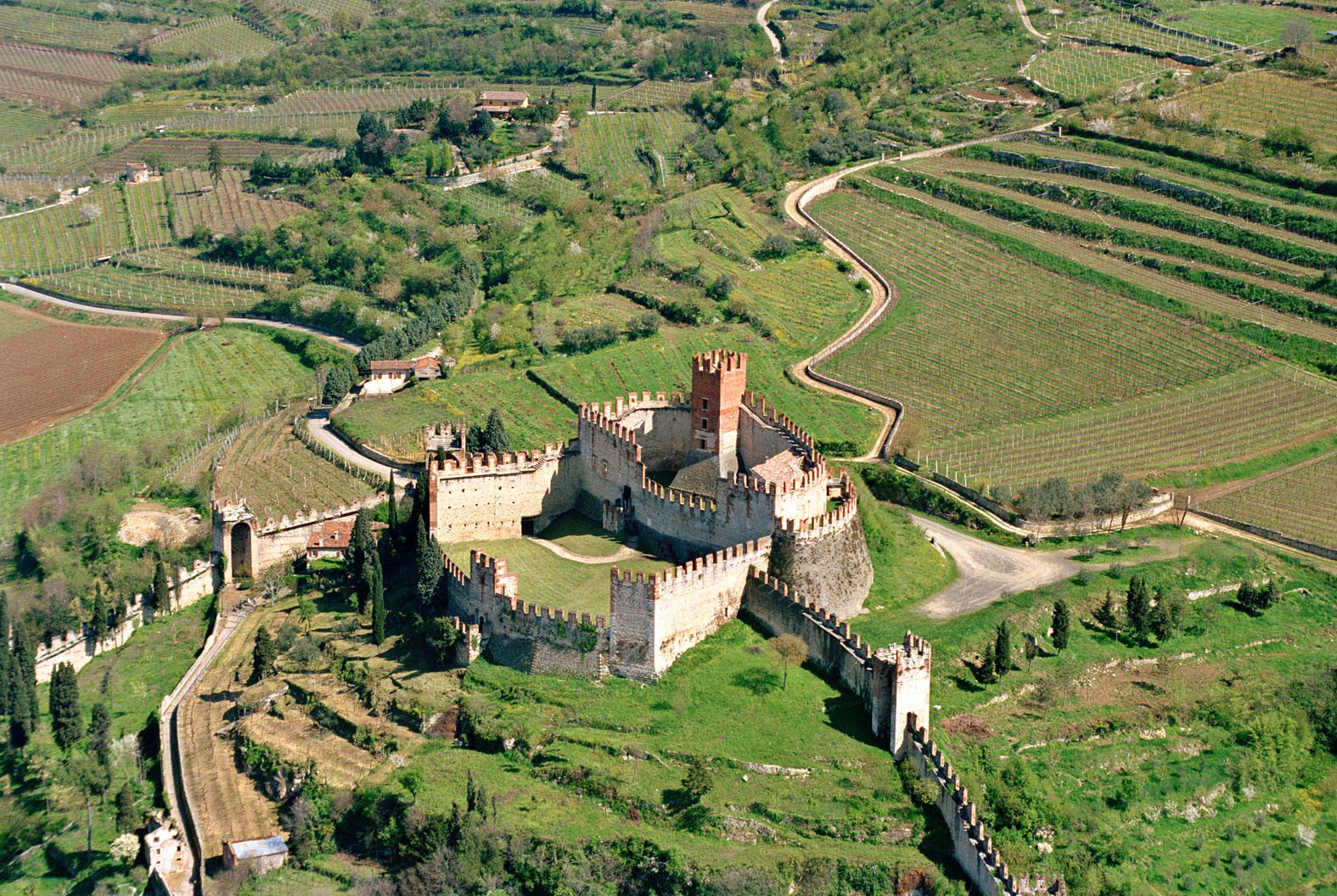
09
Soave-Est Veronese
A generous and fascinating territory that embraces visitors, leading them through hills painted with vineyards, villages and valleys that tell of other times, when the changing seasons perfumed the wait. Soave is the name of the enchanting medieval village, which, according to legend, owes its name to the poet Dante Alighieri who was intoxicated by the beauty of the place, the wine and the hospitality of its inhabitants. Its imposing castle is one of the few villages in Italy that preserves its ancient medieval walls in excellent condition, climbing like embroidery on the surrounding green slopes to the plain below. Lands of the East, preserved magic waiting to be discovered through a journey among the ever changing suggestions of its four wonderful valleys: Val di Mezzane, Val d’Illasi, Val Tramigna and Val d’Alpone. Villas, churches, ancient manors, but also carefully preserved nature, amaze visitors, charm them, and then finally conquer them with the authenticity of its food and wine production.
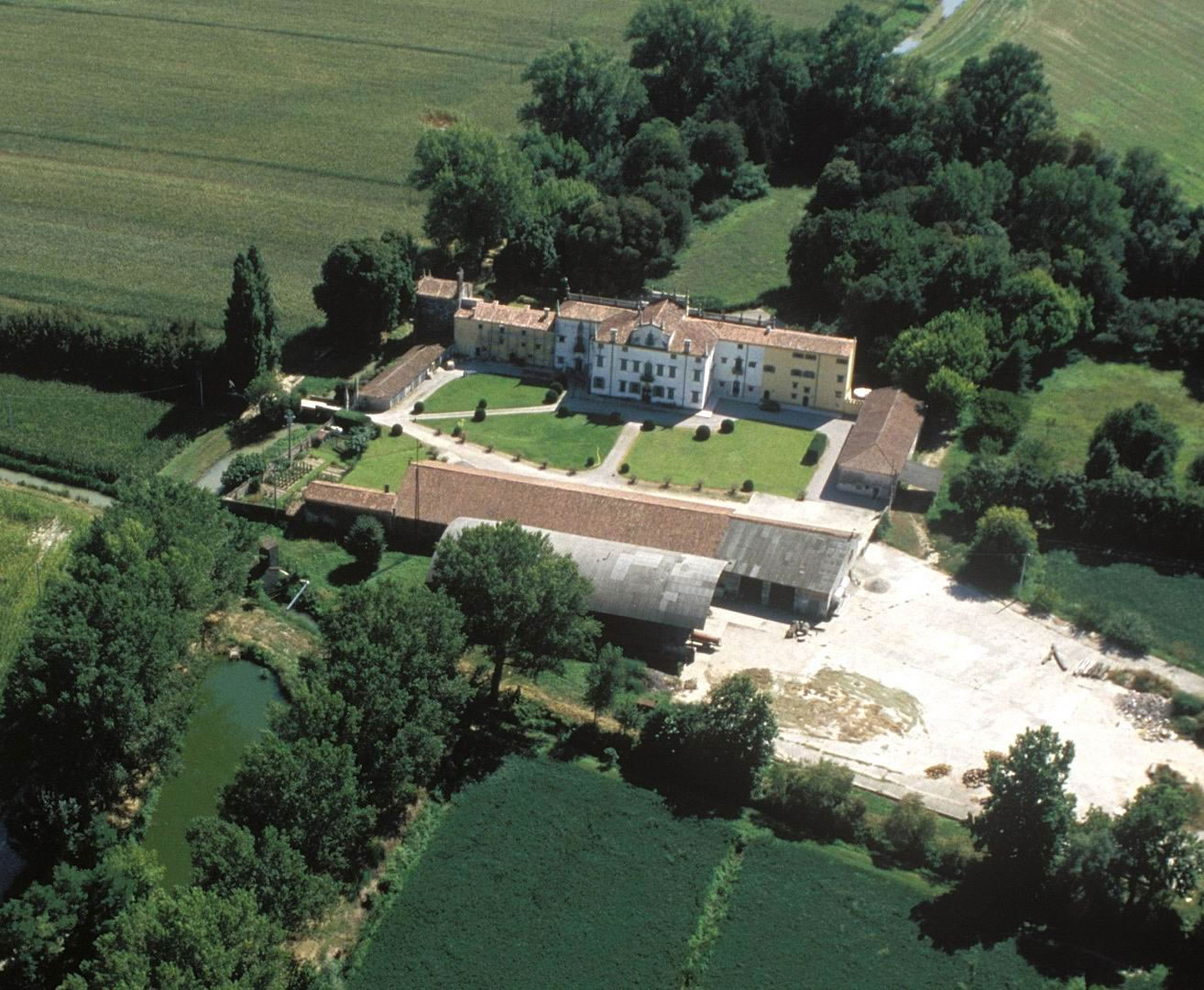
10
Pianura dei Dogi
Surrender to calm and tranquility, rest your eyes on horizons made of large cultivated fields, geometric spaces like tiles of a colourful mosaic in which the traveller is invited to be the protagonist. This is the Pianura dei Dogi: the green of its crops crossed by the Adige river and the blue of the many little watercourses, the deep black of its mineral soil, the white of the herons lying at the edge of its paddy fields, come together and take your breath away for their purity and the genuine welcome with which you are greeted. Strongly characterised by hospitality, where simple but strong ancient flavours are an essential part of the journey through the Pianura dei Dogi. Making people feel at home is a privilege enjoyed by few regions. The rural courtyards, with their barns and large colonnades are so that they inspect you from afar, show you all their authentic beauty, and then invite the visitor to stop under their porticoes. The exploration continues towards the Romanesque churches, castles and fortifications, first Scaliger, then Venetian and then Austrian, witnesses of the strategic importance that this land has always possessed.
Photos Credits : Verona City e Arena: A.De Carlo / Juliet Balcony: Comune di Verona / Risotto Amarone: Ph.Michela dalla Pegorara / Valpolicella : Consorzio vini Valpolicella / Lago di Garda: Consorzio Lago di Garda Veneto / Lessinia: Iat Lessina / Soave: Consorzio Vini Soave / Pianura dei Dogi: Pianura veronese
